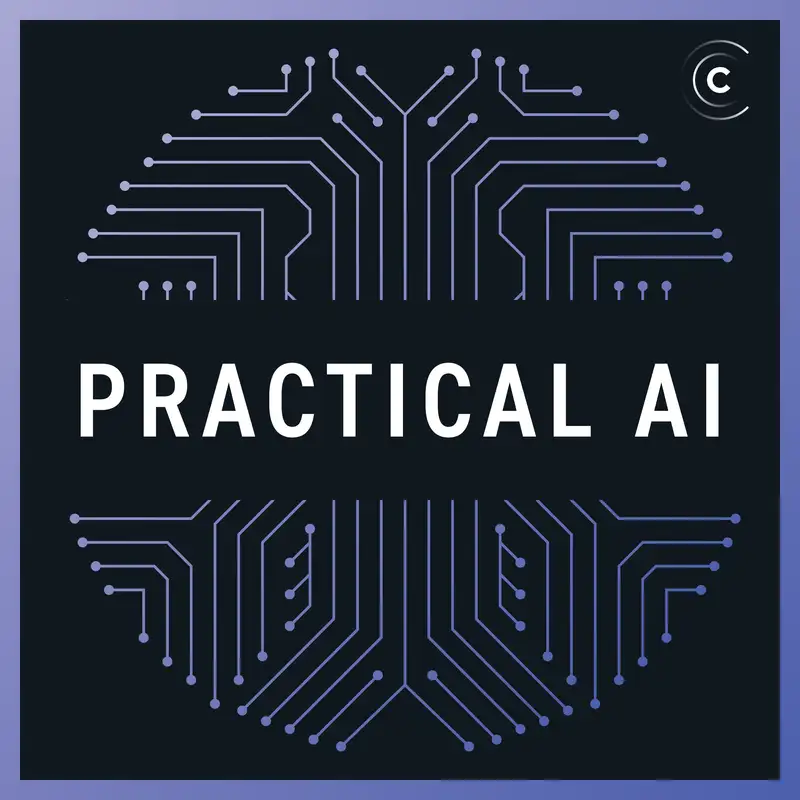Pachyderm's Kubernetes-based infrastructure for AI
Joe Doliner (JD) joined the show to talk about productionizing ML/AI with Pachyderm, an open source data science platform built on Kubernetes (k8s). We talked through the origins of Pachyderm, challenges associated with creating infrastructure for machine learning, and data and model versioning/provenance. He also walked us through a process for going from a Jupyter notebook to a production data pipeline.
Changelog++ members support our work, get closer to the metal, and make the ads disappear. Join today!
Sponsors:
- DigitalOcean – DigitalOcean is simplicity at scale. Whether your business is running one virtual machine or ten thousand, DigitalOcean gets out of your way so your team can build, deploy, and scale faster and more efficiently. New accounts get $100 in credit to use in your first 60 days.
- Fastly – Our bandwidth partner. Fastly powers fast, secure, and scalable digital experiences. Move beyond your content delivery network to their powerful edge cloud platform. Learn more at fastly.com.
- Rollbar – We catch our errors before our users do because of Rollbar. Resolve errors in minutes, and deploy your code with confidence. Learn more at rollbar.com/changelog.
- Linode – Our cloud server of choice. Deploy a fast, efficient, native SSD cloud server for only $5/month. Get 4 months free using the code
changelog2018. Start your server - head to linode.com/changelog
Featuring:
- Joe Doliner – Website, GitHub, X
- Chris Benson – Website, GitHub, LinkedIn, X
- Daniel Whitenack – Website, GitHub, X
Show Notes:
Something missing or broken? PRs welcome!
Creators and Guests



